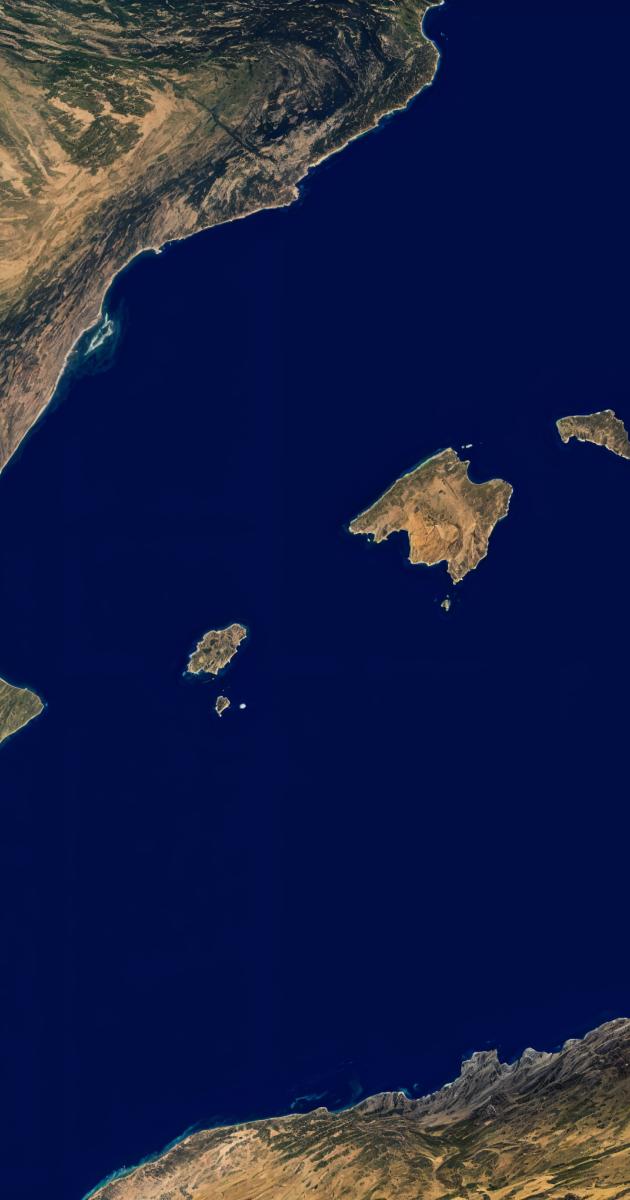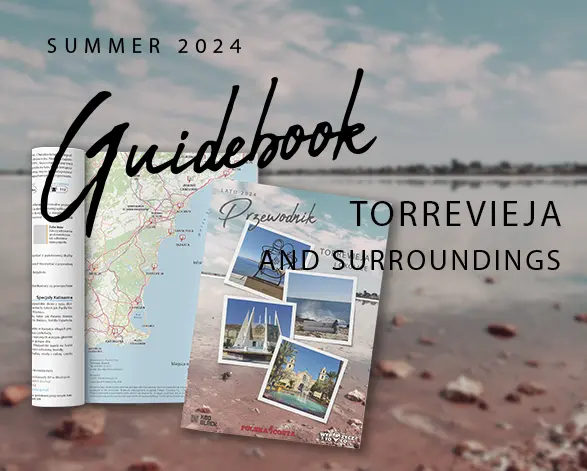
Spanish Islands
Spanish islands, located both in the Mediterranean Sea and the Atlantic Ocean, attract tourists from all over the world with their unique charm. Here are some interesting facts and trivia about the Spanish islands.
How many islands belong to Spain?
Spain has 179 islands, including both larger and smaller, often uninhabited islands and islets. These islands are mainly grouped into two main archipelagos: The Balearic Islands in the Mediterranean Sea and the Canary Islands in the Atlantic Ocean. In addition, there are also smaller islands along the coast of mainland Spain.
How many of them are inhabited?
Of all the Spanish islands, about 13 are permanently inhabited. Major ones include Majorca, Menorca, Ibiza and Formentera in the Balearic Islands, and Tenerife, Gran Canaria, Lanzarote, Fuerteventura and La Palma in the Canary Islands. Smaller islands such as La Gomera, El Hierro and La Graciosa are also inhabited.
Largest and smallest islands
Mallorca is Spain's largest island, located in the Balearic archipelago, with an area of about 3,640 km². It's known for its beautiful beaches, impressive mountain scenery like the Serra de Tramuntana and vibrant cities like Palma de Mallorca.
La Graciosa is the smallest inhabited island in Spain, part of the Canary Islands archipelago, with an area of about 29 km² and a population of less than 1,000. The island is famous for its pristine beaches and lack of paved roads, which gives it a unique, peaceful character.
What distinguishes each island?
- Mallorca: Known for its beautiful beaches, luxury resorts and cultural attractions such as La Seu Cathedral in Palma.
- Ibiza: Famous for its vibrant nightlife and clubs, but also for its picturesque landscapes.
- Tenerife: The largest of the Canary Islands, with Spain's highest peak, the Teide volcano, and famous for its Santa Cruz carnival.
- Lanzarote: Known for its unique volcanic landscapes and the works of artist César Manrique, such as Jameos del Agua.
- Fuerteventura: It is famous for its beautiful, wide beaches and excellent conditions for windsurfing and kitesurfing. It is also a UNESCO Biosphere Reserve due to its unique ecosystems.
- La Palma: Often called “La Isla Bonita” (the Beautiful Island) because of its lush forests and spectacular trekking routes.
- Formentera: Known for its crystal clear waters and beautiful beaches, ideal for diving and snorkeling.
- La Gomera: Known for the Garajonay National Park, a UNESCO World Heritage Site, and the traditional whistled Silbo language.
- El Hierro: The smallest of the main Canary Islands, known for its ecological self-sufficiency in energy and pristine diving sites.
Lesser known but worth visiting islands
- Cabrera: Part of the Cabrera Archipelago National Park, a popular destination for nature lovers and trekkers.
- Islas Cíes: Located in Galicia, they are famous for their white sand beaches and crystal clear waters, often compared to the Caribbean.
- Isla de Ons: Also in Galicia, known for its pristine nature and hiking trails.
Spain's islands are true treasures, filled with a variety of attractions to suit every traveler's taste. From bustling resorts to peaceful, natural corners, each island has something unique to offer.









